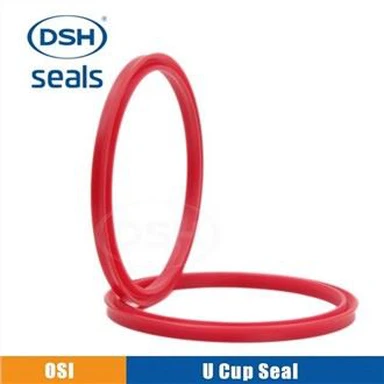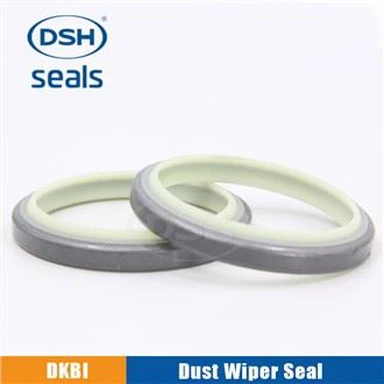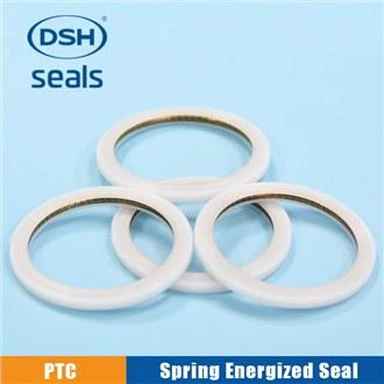The Sealing Principle Of Hydraulic Cylinder Rotary Glyd Ring
Oct 29, 2021
A rectangular cross-section ring filled with PTFE and an O-ring made of excellent elastic synthetic rubber are combined into a sealing device. It can be used to seal holes and shafts. Usually this ring with a rectangular cross section is called a glyd ring; in the rotary seal series, both the rotary seal ring and the PTFE seal are suitable for the oil cylinder and cylinder industry, and are special seal rings. It can be divided into glyd rings for piston and rod. Its sealing effect is the same. According to its own deformation, it produces a higher initial contact stress on the sealing surface and prevents the leakage of pressureless liquid.
The glyd ring is composed of a rubber O-ring and a PTFE ring. The material is PTFE + NBR. In special cases, the rubber elastomer nitrile rubber NBR uses fluorine rubber FKM. It has a very low friction factor, good self-lubricating performance, temperature resistance, corrosion resistance, and electrical insulation properties.
But the disadvantages are that it is not wear-resistant, has cold fluidity, large coefficient of thermal expansion, poor thermal conductivity, and low hardness and mechanical strength. It can be divided into glyd ring for hole and glyd ring for shaft, but its sealing effect is the same. According to its own deformation, it will produce higher initial contact stress on the sealing surface and prevent the leakage of pressureless liquid.
When the hydraulic cylinder is working, the pressure liquid passes through the elastic deformation of the O-shaped sealing ring to squeeze the square sealing ring to the greatest extent, making it close to the sealing surface, which produces a higher additional contact stress that increases with the pressure of the pressure liquid. Together with the initial contact stress, the leakage of pressure liquid is prevented.
For more information on the sealing principle of the rotary glyd ring in the hydraulic cylinder, please contact DSH Seals.







